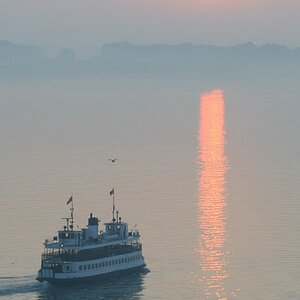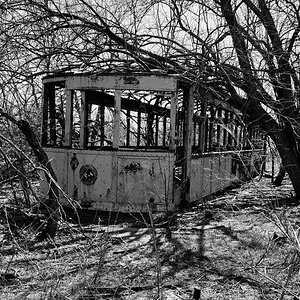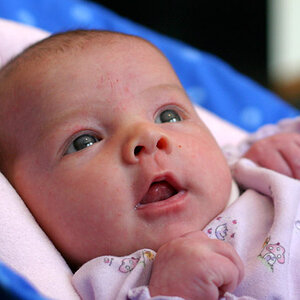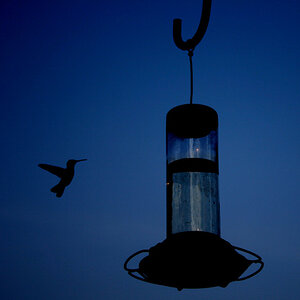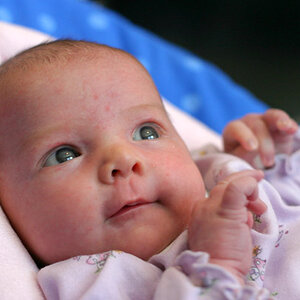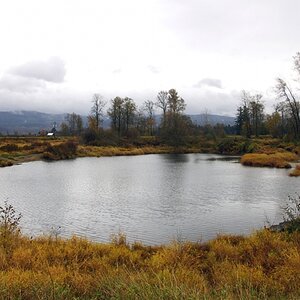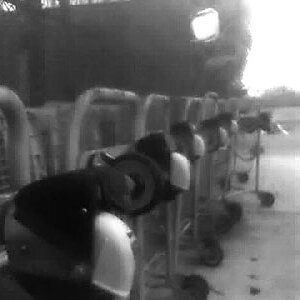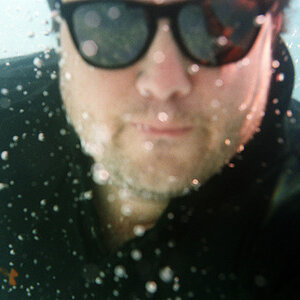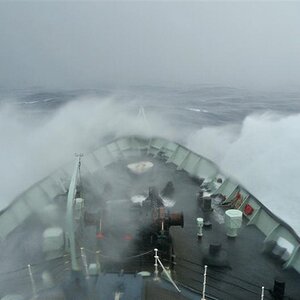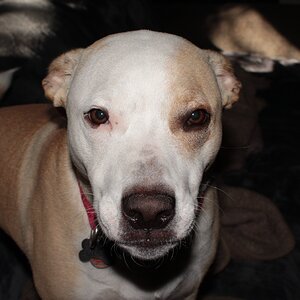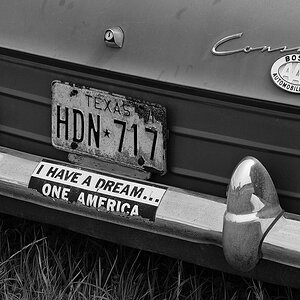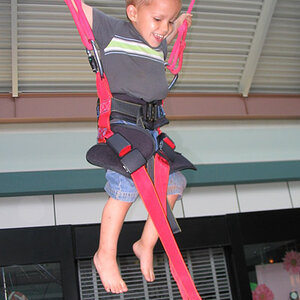Kianna Garcia
TPF Noob!
- Joined
- Apr 28, 2020
- Messages
- 11
- Reaction score
- 2
Hello! I have been posting on here a lot recently and would like some suggestions. I have a Canon 5D Mark 1 and I am interested in food photography (Not Professionally). I am not wishing to make a commission from these photos but I would like them to be high quality. I want a lens that can create a nice blurred background and is great with close-ups. Budget: I would say anything under 120. I want a lens that is great all-around and isn't too expensive. I will consider lenses over 120 but not over 200. Thank you all so much hope to receive some replies soon!


 Sauteed Lake Perch
Sauteed Lake Perch